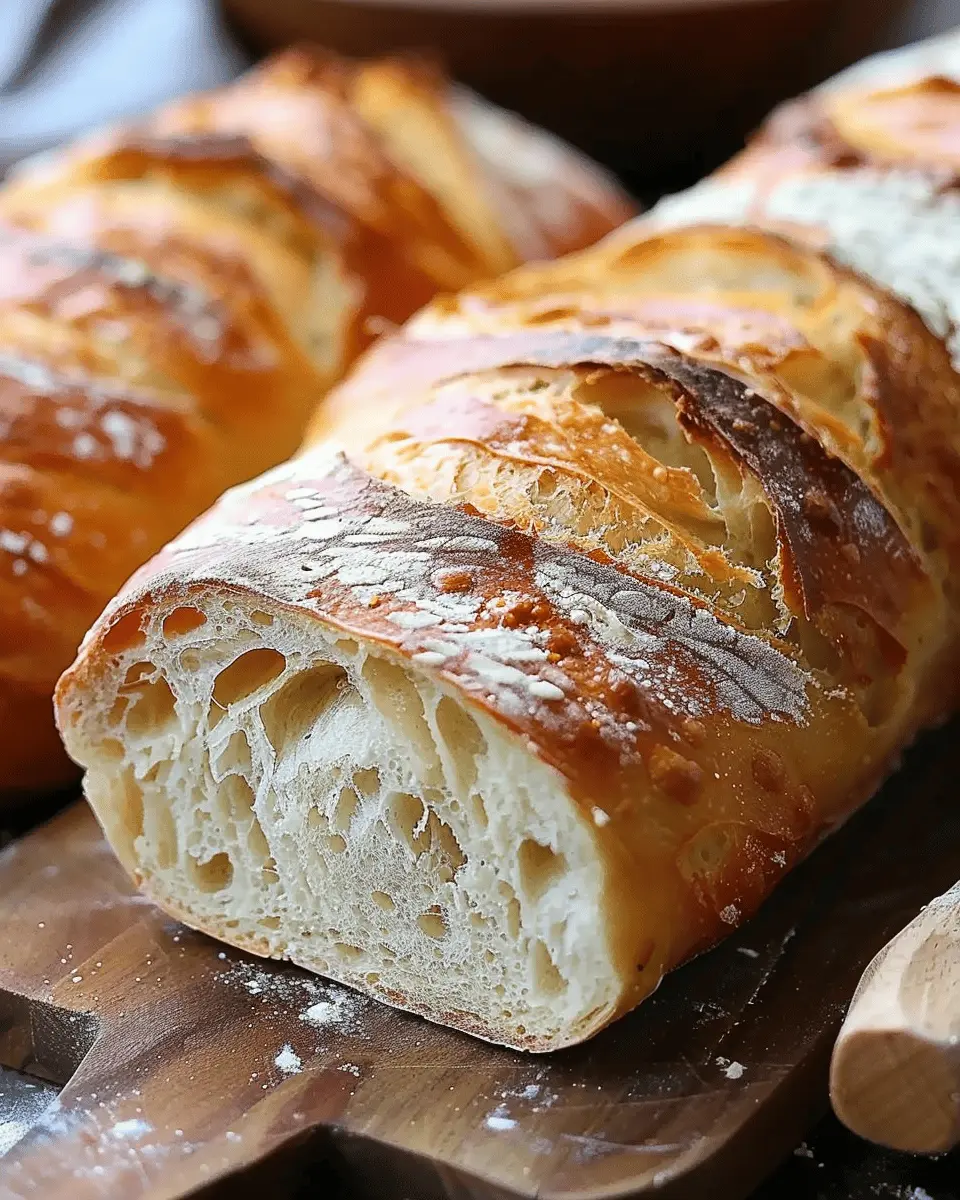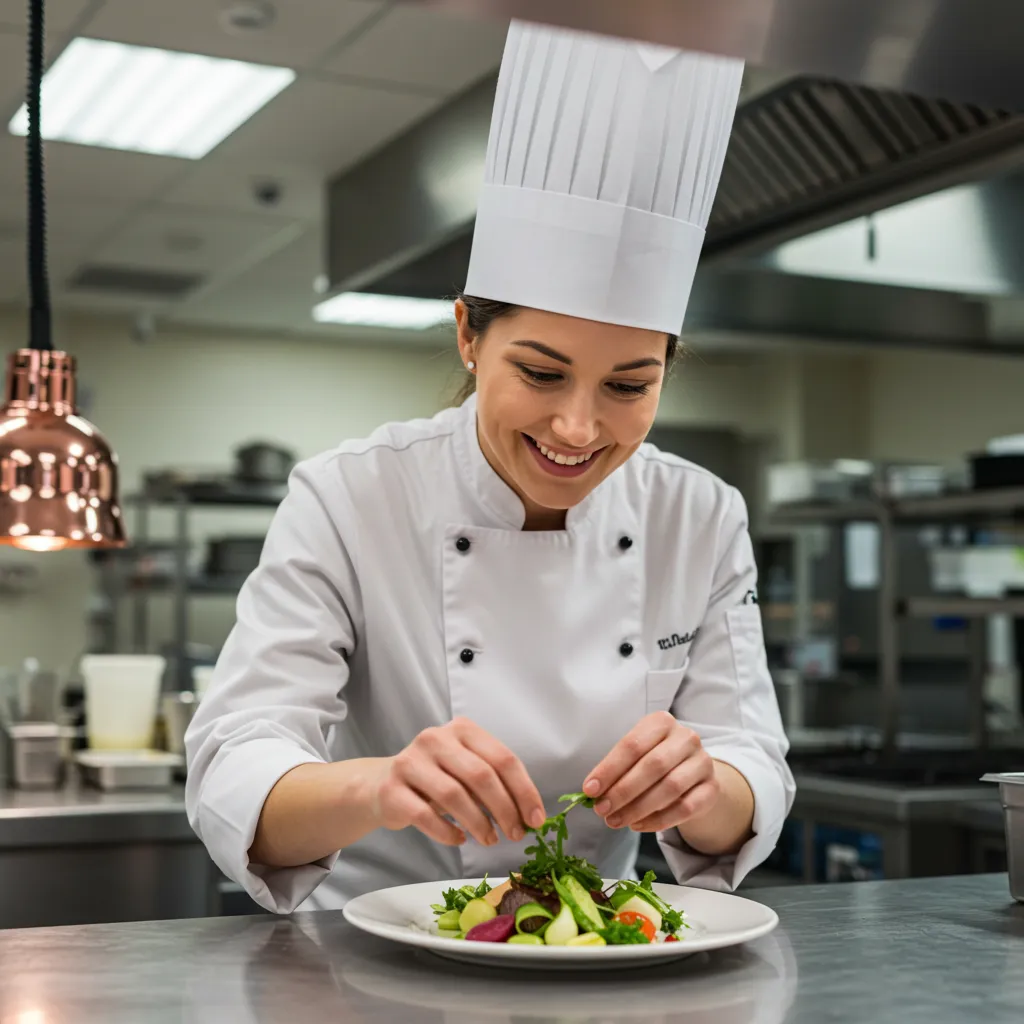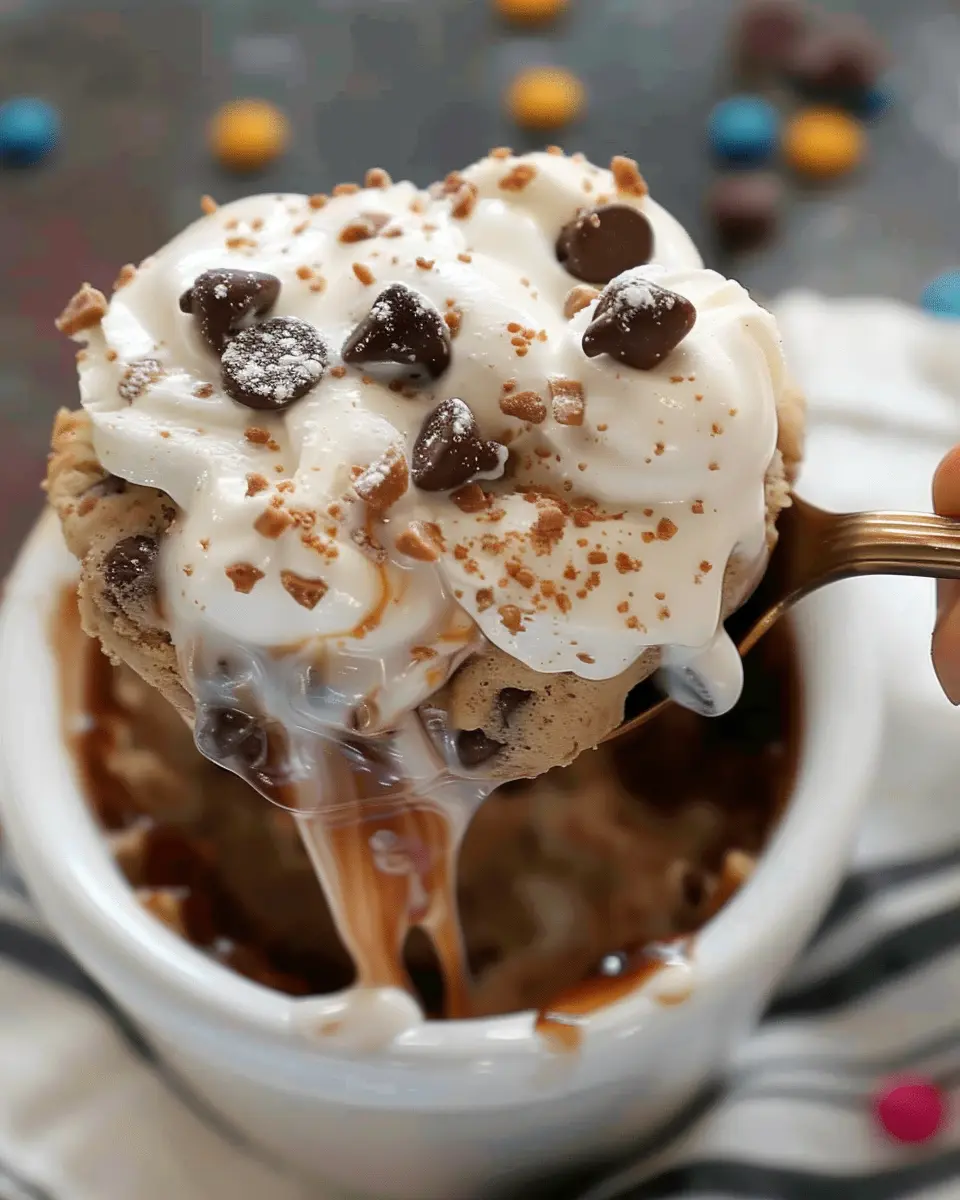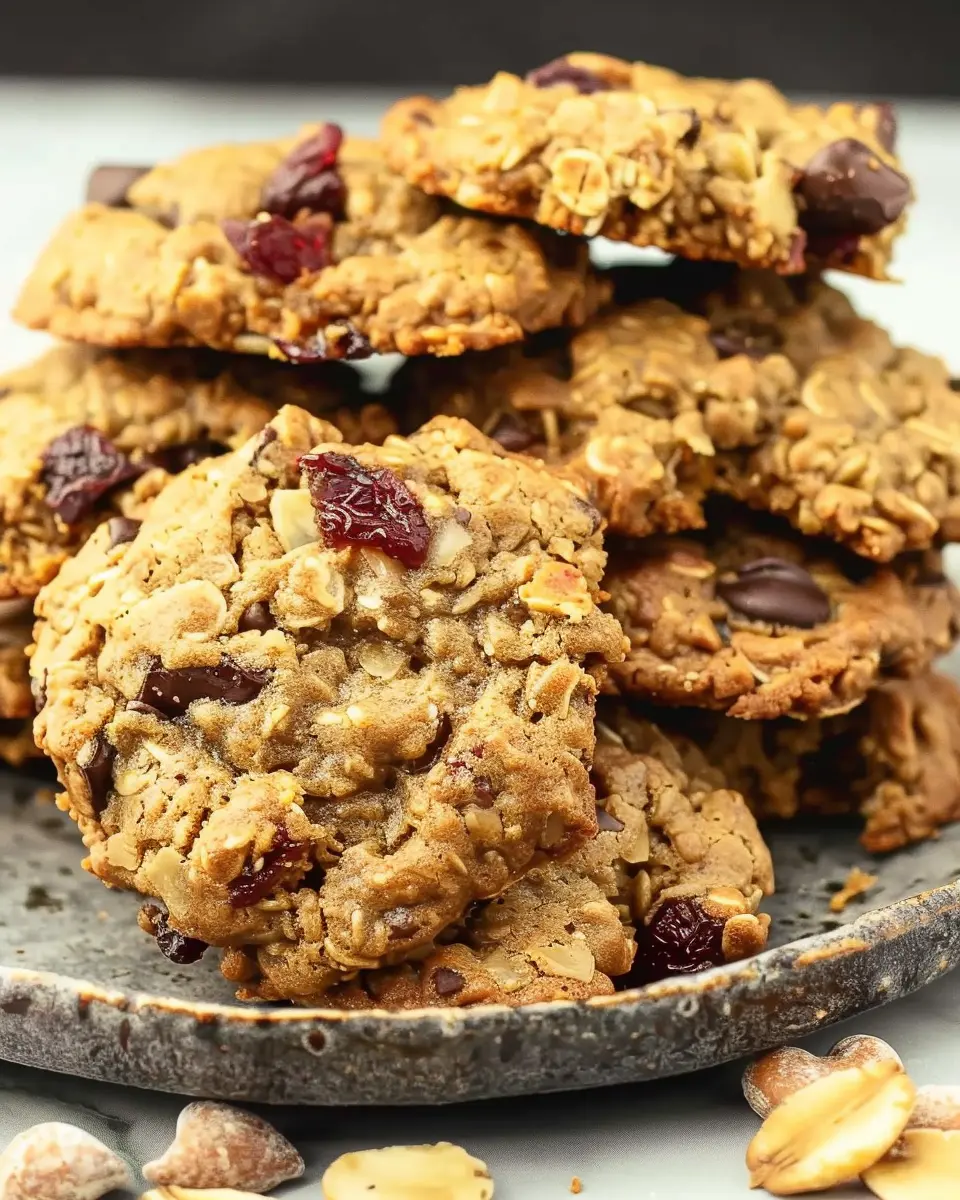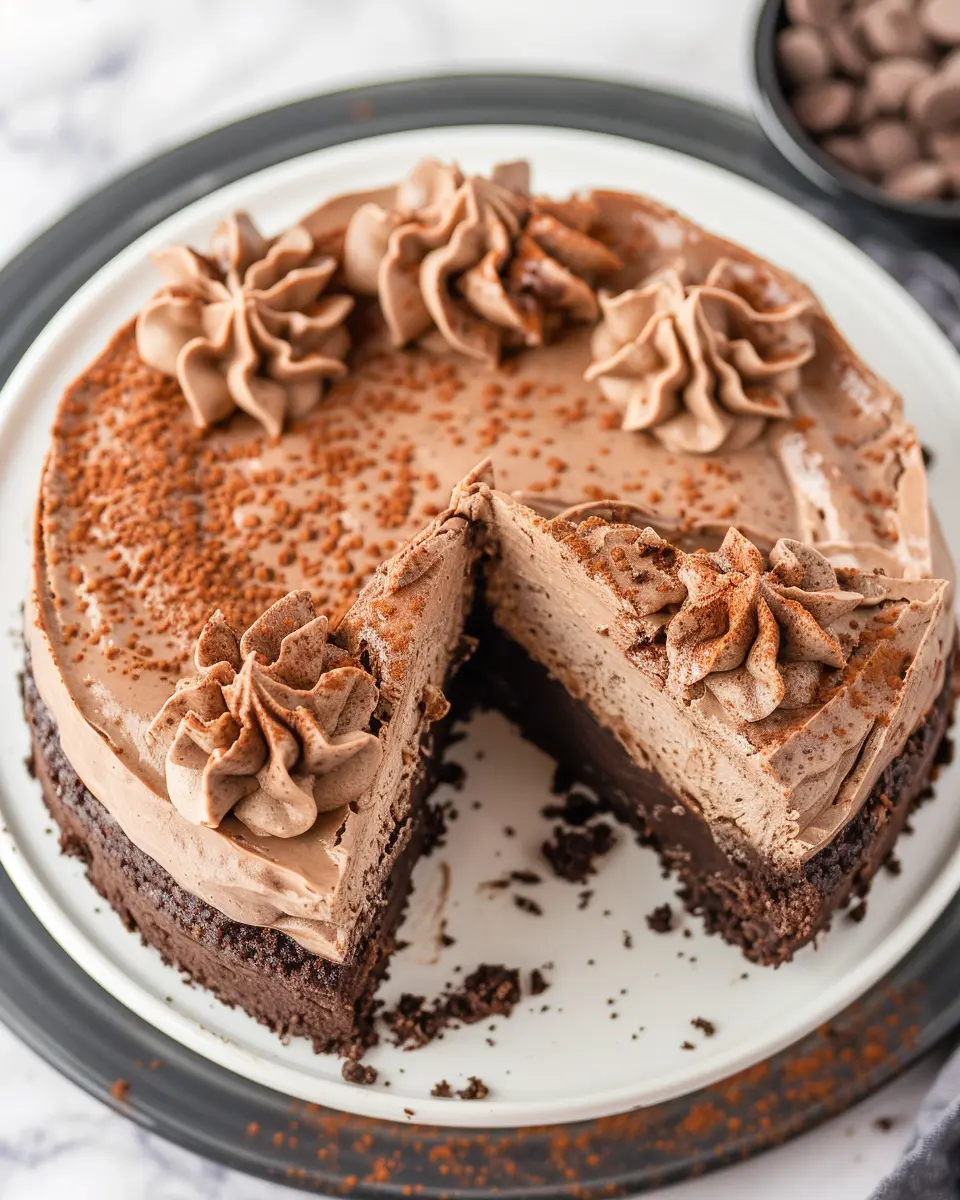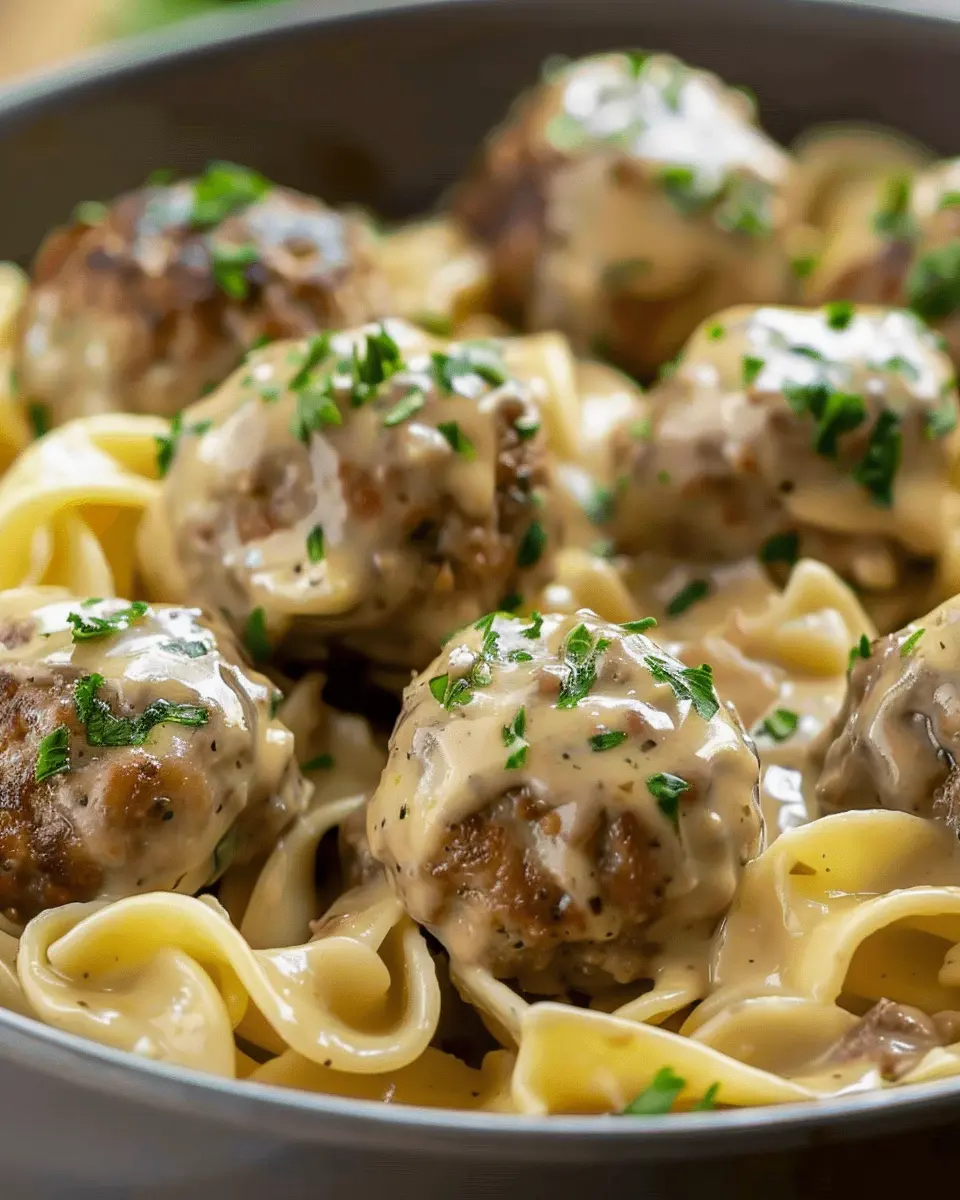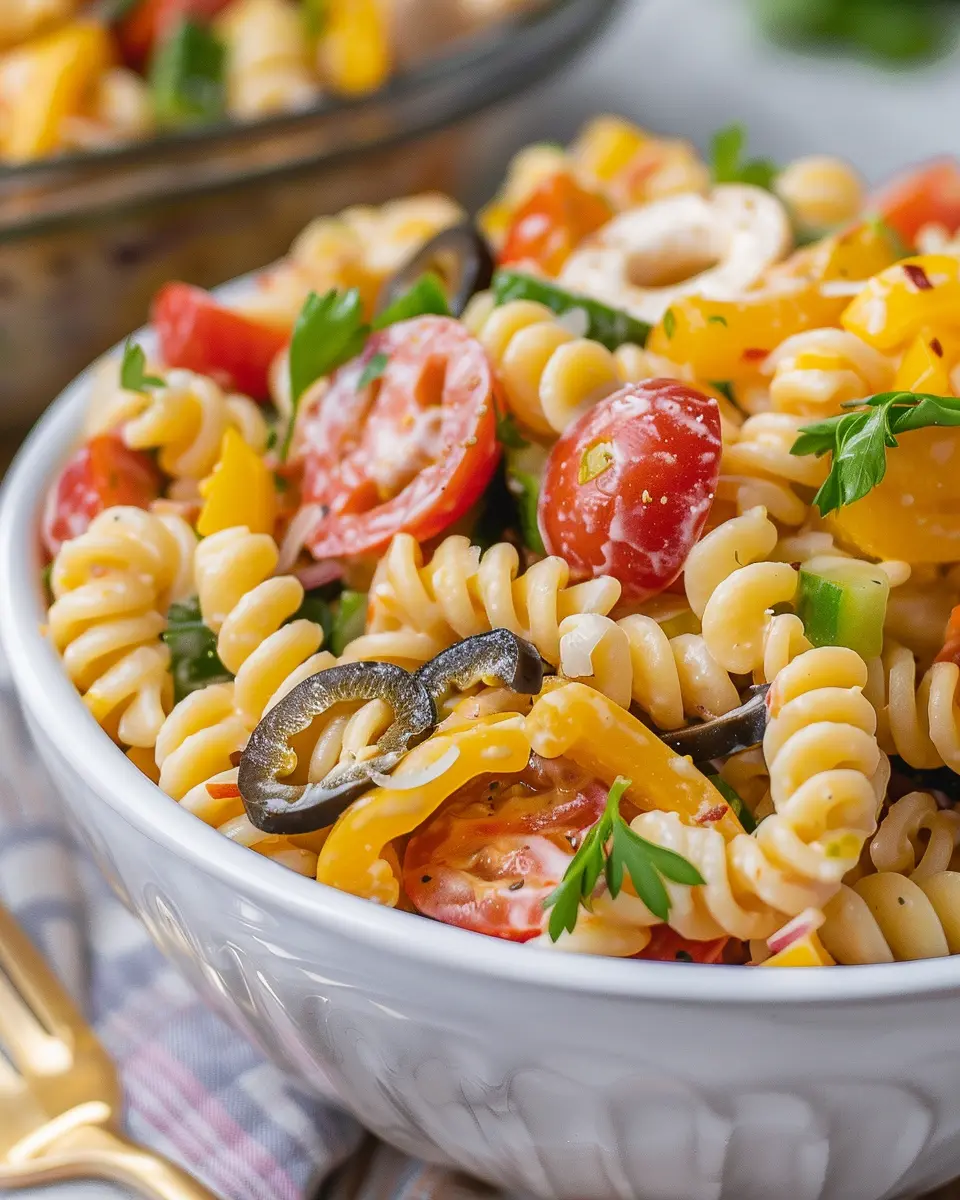Introduction to Easy Homemade Bread
Homemade bread is not just food; it’s an experience. There’s something magical about kneading dough and watching it rise, filling your kitchen with warm, comforting aromas. But why should you consider making your own bread? Well, for starters, baking at home can be incredibly rewarding and cost-effective. When you create your own bread, you have full control over the ingredients, ensuring that what you eat is both healthy and tailored to your taste. Did you know that making bread from scratch allows you to skip out on unnecessary preservatives often found in store-bought varieties?
Why Make Homemade Bread?
Here are some compelling reasons to embrace this delicious hobby:
- Cost-Effective: Baking bread at home can save you money compared to buying artisan loaves.
- Health Benefits: Control what goes into your bread—no artificial additives or hydrogenated oils.
- Skill Development: Mastering an easy homemade bread recipe can be a great confidence booster in the kitchen.
- Family Bonding: Baking can be a fun activity to share with loved ones or roommates. Why not turn it into a weekend tradition?
If you’re new to baking, starting with an easy homemade bread recipe will help you avoid feeling overwhelmed. This process is forgiving and can be adapted even if things don’t go exactly as planned. Plus, with just a few simple ingredients (flour, water, yeast, and salt), you might find you can whip up a fresh loaf before you know it!
Many people find that, once they try making bread, it becomes a staple in their routines. This is backed by recent surveys showing that over 76% of Americans believe that baking at home can improve overall well-being.
As you embark on this journey, remember that there’s no need to stress about perfection. It’s all about enjoying the process and delighting in the results. The warm, crusty slice of homemade bread, ready to be slathered in butter or paired with your favorite spreads—what’s not to love?
Feel free to explore this easy homemade bread recipe and get ready to impress yourself and those around you with your newfound skills. Happy baking!

Ingredients for Easy Homemade Bread
Creating your own loaf of bread might sound intimidating, but with this easy homemade bread recipe, you’ll find it’s a delightful and straightforward process. Here’s what you’ll need:
- All-purpose flour: About 3 ½ cups is ideal, giving your bread that perfect chewy texture.
- Warm water: You’ll need approximately 1 ½ cups. This activates the yeast, so make sure it’s around 110°F (not too hot!).
- Yeast: 2 ¼ teaspoons of active dry yeast do the trick. Fresh yeast is crucial for that lovely rise.
- Sugar: Just 1 tablespoon helps feed the yeast, enhancing flavor and browning the crust.
- Salt: About 1 ½ teaspoons for taste. It also helps strengthen the dough.
- Olive oil: 2 tablespoons add flavor and moisture, making your bread rich and satisfying.
If you’re curious about the science behind yeast, check out King Arthur Baking’s guide on yeast for more insights. With these simple ingredients, you’re ready to bake your own masterpiece!
Step-by-step Preparation of Easy Homemade Bread
Making your own easy homemade bread might seem a bit daunting at first, but I promise it’s a fun and rewarding journey—one you’ll want to embark on over and over again. No fancy equipment is necessary, just a few common ingredients, a little bit of time, and a sprinkle of patience! Ready to roll up your sleeves? Let’s get started.
Mixing the dry ingredients
First things first: gather your ingredients. For this easy homemade bread recipe, you’ll need flour, yeast, salt, and sugar. Here’s why each ingredient is important:
- Flour: The backbone of any bread; it gives structure.
- Yeast: This tiny fungus is what makes your bread rise.
- Salt: Not just for flavor—salt strengthens gluten and controls yeast fermentation.
- Sugar: A little sweetness to balance out flavors and feeds the yeast.
In a large mixing bowl, combine:
- 4 cups all-purpose flour
- 1 tablespoon sugar
- 2 teaspoons salt
- 2 teaspoons active dry yeast (make sure it’s fresh!)
Whisk these ingredients together to ensure they’re well combined. This step is crucial because it allows even distribution of fermentation and flavor!
Combining wet and dry ingredients
Now that your dry ingredients are prepped, it’s time to bring in the wet components. You’ll need warm water—around 110°F (43°C) is ideal to activate that yeast (a kitchen thermometer can help here!).
Add:
- 1 and ½ cups warm water
- 2 tablespoons olive oil (or melted butter for a richer flavor)
Pour the warm water and oil into the dry ingredients, stirring gently with a wooden spoon or spatula. The dough will start to come together, looking messy at first but don’t worry; that’s just how it should be. Once it forms a shaggy mass, it’s officially time to get your hands a bit doughy.
Kneading the dough
Time to knead! This step is where the magic happens. Flour your countertop or a large cutting board and turn the dough out. Kneading helps develop gluten, which gives the bread its texture. Here’s how to do it:
- Press the dough down and away from you with the heel of your hand.
- Fold the dough over itself, then rotate it.
- Repeat this process for about 8-10 minutes, or until the dough is smooth and elastic.
You can tell you’re done when the dough springs back when pressed—this is a sign that the gluten has developed nicely.
Allowing the dough to rise
Now, let’s give our dough some time to work its magic! Place the kneaded dough in a lightly oiled bowl, covering it with a damp kitchen towel or plastic wrap to keep moisture in.
Let it rise in a warm area for about 1 to 1.5 hours, or until it doubles in size. An easy homemade bread recipe tip: a warm oven (turned off!) can be an excellent place for this. This rising period is essential for achieving that lovely airy texture you crave.
Baking the bread
Once your dough has risen, turn it out onto a floured surface again. Gently punch the dough back to its original size to release the air. Shape it into a loaf by tucking the edges under.
Now, let’s get baking! Preheat your oven to 375°F (190°C). Place the shaped dough into a greased loaf pan or onto a lined baking sheet. Let it rise again for another 30 minutes. This second rise will make your bread even fluffier.
Before you place the dough in the oven, you can score the top with a sharp knife to allow it to expand beautifully during baking. Bake for 30-35 minutes, or until golden brown and it sounds hollow when tapped on the bottom.
Let your bread cool on a wire rack, if you can resist digging in right away—trust me, it’s worth the wait!
And there you have it! An easy homemade bread recipe that’s perfect for beginners. Enjoy your freshly baked loaf with butter, or slice it up for toast or sandwiches. Why not experiment with some delicious toppings or fillings? Happy baking!

Variations of Easy Homemade Bread
When it comes to your easy homemade bread recipe, the world is your oyster! This is a versatile canvas that allows your creativity to flourish. Here are some inspiring ways to take your bread to the next level.
Adding Herbs and Spices
One of the simplest ways to elevate your bread is by incorporating herbs and spices. Imagine the delightful aroma of fresh rosemary or thyme infusing your kitchen. Sprinkle in some dried oregano or garlic powder for a savory twist, or opt for a hint of cinnamon or nutmeg for a sweet touch. The possibilities are endless! Try mixing:
- Rosemary and sea salt for a classic touch
- Cinnamon and sugar for a breakfast treat
- Garlic powder and Italian herbs for the perfect accompaniment to soups
These flavors not only enhance the taste but also transform the visual appeal.
Experimenting with Different Flours
Don’t shy away from trying various flours! While traditional all-purpose flour is a staple, experimenting with alternatives can enrich your easy homemade bread recipe. Consider these options:
- Whole wheat flour for added nutrients and texture
- Spelt flour for a nuttier flavor
- Gluten-free blends if you’re catering to dietary restrictions
Each flour brings its unique characteristics, offering different tastes and textures. According to The Whole Grains Council, whole grain breads are linked to lower rates of heart disease and diabetes, making them a smart choice.
Remember to adjust your liquid ratios as you experiment, and don’t be afraid to make mistakes—cooking is a journey! If you’re curious about more bread variations, check out this guide on baking for tips and tricks. The only limit is your imagination, so get creative and enjoy the process!
Cooking Tips and Notes for Easy Homemade Bread
Baking your own bread can feel daunting, but with this easy homemade bread recipe, you’ll soon be a pro! Here are a few tips to ensure that your baking experience is fun and rewarding:
-
Use Fresh Ingredients: Always check the dates on your yeast and flour. Fresh yeast is key to a good rise! For tips on how to store your baking supplies, check out this guide from King Arthur Baking.
-
Kneading Technique: Don’t rush this step. Knead the dough until it feels smooth and elastic—about 8-10 minutes will do the trick. If you’re curious about different kneading methods, this article provides helpful insights.
-
Proofing Carefully: Allow the dough to rise in a warm spot until it doubles in size. A good tip is to turn your oven on low for a few minutes, then turn it off; this creates a cozy environment for the dough.
-
Experiment with Add-Ins: Feel free to add herbs, seeds, or even some Turkey Bacon for unique flavors.
When you follow these simple tips, you’ll not only get delicious homemade bread, but you’ll also gain confidence as a baker! Happy baking!
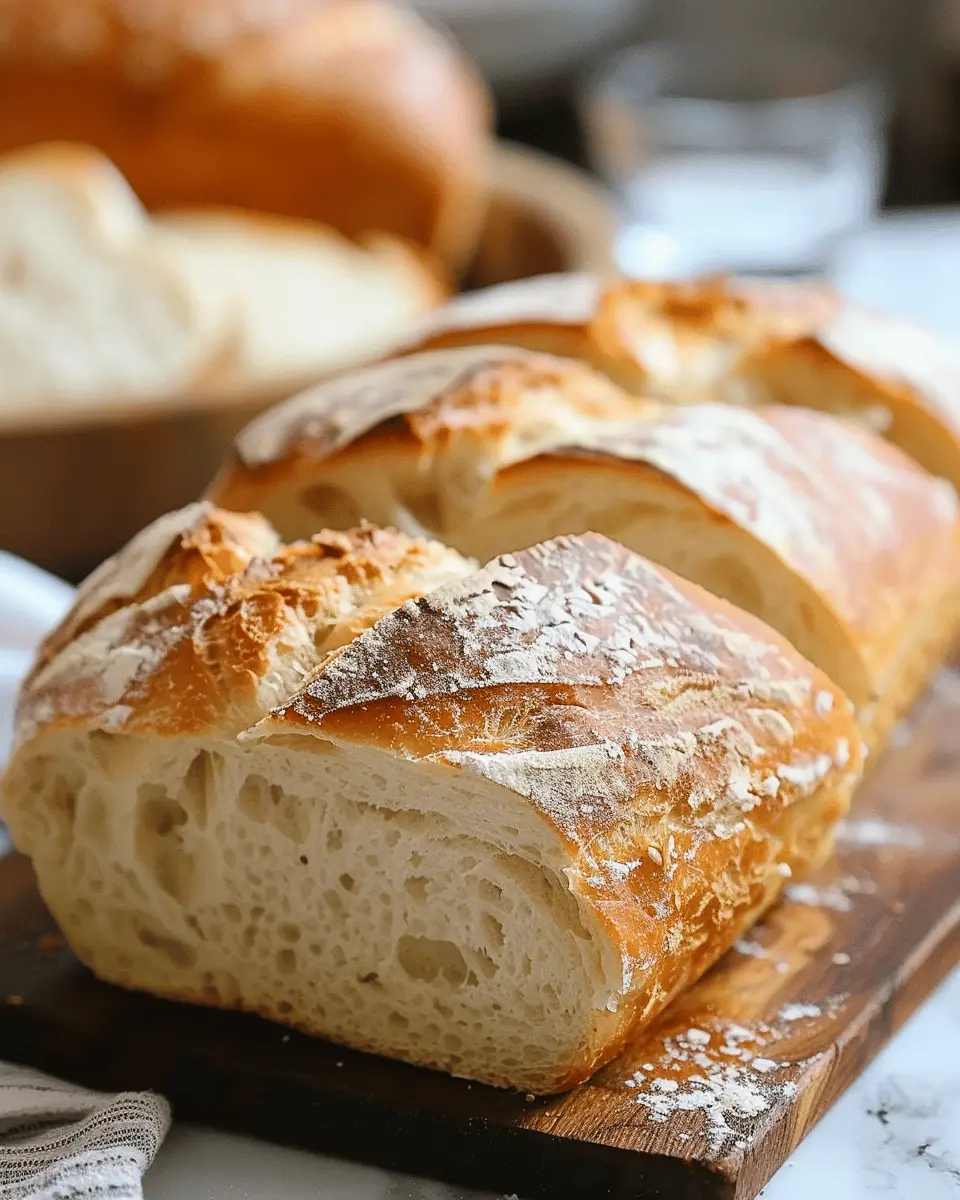
Serving Suggestions for Easy Homemade Bread
You’ve mastered the easy homemade bread recipe, and now it’s time to think about how to enjoy that beautiful loaf you’ve created! Whether you want a cozy breakfast, a satisfying lunch, or a delightful dinner, homemade bread offers endless possibilities.
Breakfast Ideas
- Toast with Avocado: Spread creamy avocado on warm slices, sprinkle with salt and chili flake, for a simple yet delicious start to your day.
- Turkey Bacon Sandwich: Layer crispy turkey bacon between slices of fresh bread, add a fried egg for extra protein, and you have a hearty breakfast.
Lunch Inspiration
- Chicken Ham and Cheese: Create a mouthwatering sandwich with slices of chicken ham and your favorite cheese. Toast it for that delightful crunch!
- Salad Croutons: Make quick croutons by cutting leftover bread into cubes, tossing them with olive oil, and baking until golden. They’ll add a flavor boost to any salad.
Dinner Pairings
- Soup Companion: Serve alongside your favorite soup or stew, perfect for dipping.
- Herb Butter: Mix softened butter with fresh herbs; spread on warm bread for an excellent side with dinner.
Whichever way you choose to enjoy your loaf, you’ll find that this easy homemade bread recipe serves as the perfect canvas for your favorite toppings and meal combinations. Happy baking! For more ideas, check out Food Network or BBC Good Food for delicious inspiration.
Time Breakdown for Making Easy Homemade Bread
Preparation Time
Getting started with this easy homemade bread recipe is a breeze! Spend about 15 minutes gathering your ingredients and mixing everything together. You don’t need any special skills—just a bowl, a whisk, and a little enthusiasm.
Rising Time
The magic happens during the rising phase, which takes approximately 1 to 2 hours. It’s during this time that your dough will double in size, making your bread light and fluffy. You can use this time to unwind or catch up on your favorite series!
Baking Time
Once your dough has risen and is ready, the baking will take about 25-30 minutes. Keep an eye on it to enjoy that delightful aroma filling your kitchen!
Total Time
In total, you’re looking at around 1 hour and 45 minutes from start to finish. Perfect for a weekend project that rewards you with warm, fresh bread. Interested in more cooking tips? Check out resources from reputable sites like King Arthur Baking for further inspiration!
Nutritional Facts of Easy Homemade Bread
Calories per slice
When making this easy homemade bread recipe, you’ll find that each slice contains approximately 70 to 80 calories, depending on the ingredients you choose. This is significantly lower than many store-bought breads, making it a healthy alternative for sandwiches or toast!
Nutritional benefits
Homemade bread can be a fantastic source of essential nutrients. Here’s why it stands out:
- Whole grain goodness: Opt for whole wheat flour, which adds fiber, vitamins, and minerals, helping to promote digestive health.
- Customizable ingredients: You can add seeds, nuts, or even herbs for additional nutrients and flavors.
- No preservatives: With this recipe, you avoid the unnecessary additives often found in commercial bread, ensuring you know exactly what you’re eating.
For more details on the benefits of whole grains, check out Whole Grains Council. Wouldn’t you feel great knowing that each slice supports your well-being? It’s not just bread; it’s a wholesome choice for any meal!
FAQs about Easy Homemade Bread
Can I make this bread without a stand mixer?
Absolutely! This easy homemade bread recipe is designed with simplicity in mind. If you don’t have a stand mixer, don’t worry. You can easily make the dough by hand. Just mix the ingredients in a large bowl until they come together, then knead the dough on a lightly floured surface for about 10 minutes. Your hands will do all the magic! It’s a great way to connect with the ingredients and really feel the dough’s texture.
How do I store homemade bread?
To keep your delicious bread fresh, store it in a cool, dry place. If you plan to eat it within a few days, a breadbox or a paper bag will suffice. For longer storage, consider slicing your bread and placing it in an airtight container or a resealable plastic bag in the freezer. Just remember to wrap it well to prevent freezer burn. Frozen homemade bread can last up to 3 months! When you’re ready to enjoy it, just let it thaw at room temperature or pop a slice in the toaster.
What can I do if my bread doesn’t rise?
Don’t panic! There are a few common reasons your bread might not rise. First, check the freshness of your yeast. Old or inactive yeast can lead to disappointing results. Also, ensure your water isn’t too hot or too cold when you activate the yeast. It should feel warm to the touch—think about the right temperature for a baby’s bottle! If your bread still doesn’t rise, consider the environment; yeast thrives in a warm, draft-free place. You might even try placing your dough in a slightly warmed oven (with it turned off) for optimal rising conditions.
For more tips on storing bread and troubleshooting baking problems, you can check out The Kitchn and King Arthur Baking. Remember, with a little practice, you’ll be a bread-making pro in no time!
Conclusion on Easy Homemade Bread
Making your own bread at home can be a game-changer, especially with this easy homemade bread recipe. It’s not just about saving money; it’s about the joy of crafting something delicious from scratch. Whether you’re topping it with turkey bacon or enjoying it with chicken ham, the possibilities are endless.
The aroma of freshly baked bread fills your home and creates a cozy atmosphere that store-bought loaves simply can’t match. Plus, knowing exactly what goes into your bread is a huge bonus. So why not give this recipe a try? You might just find that baking bread becomes your new favorite hobby! For more tips on bread-making, check out sources like King Arthur Baking or BBC Good Food.
PrintEasy Homemade Bread Recipe: The Best Starter for Beginners
This easy homemade bread recipe is perfect for beginners looking to make delicious bread from scratch.
- Prep Time: 20 minutes
- Cook Time: 35 minutes
- Total Time: 1 hour 55 minutes
- Yield: 1 loaf
- Category: Bread
- Method: Baking
- Cuisine: American
- Diet: Vegetarian
Ingredients
- 3 cups all-purpose flour
- 1 teaspoon salt
- 1 tablespoon sugar
- 1 packet active dry yeast
- 1¼ cups warm water
Instructions
- In a large bowl, combine warm water, sugar, and yeast. Let it sit for about 5 minutes until it’s frothy.
- Add salt and flour to the yeast mixture, and mix until a dough forms.
- Knead the dough on a floured surface for about 10 minutes until smooth.
- Place the dough in a greased bowl, cover, and let rise in a warm place for 1 hour.
- Punch down the risen dough, shape it into a loaf, and place it in a greased loaf pan.
- Cover and let it rise again for 30 minutes.
- Bake in a preheated oven at 375°F (190°C) for 30-35 minutes, until golden brown.
- Let it cool before slicing.
Notes
- Use fresh yeast for better results.
- Feel free to add herbs or spices to enhance the flavor.
Nutrition
- Serving Size: 1 slice
- Calories: 80
- Sugar: 1g
- Sodium: 150mg
- Fat: 1g
- Saturated Fat: 0g
- Unsaturated Fat: 0g
- Trans Fat: 0g
- Carbohydrates: 15g
- Fiber: 1g
- Protein: 3g
- Cholesterol: 0mg
